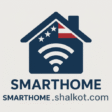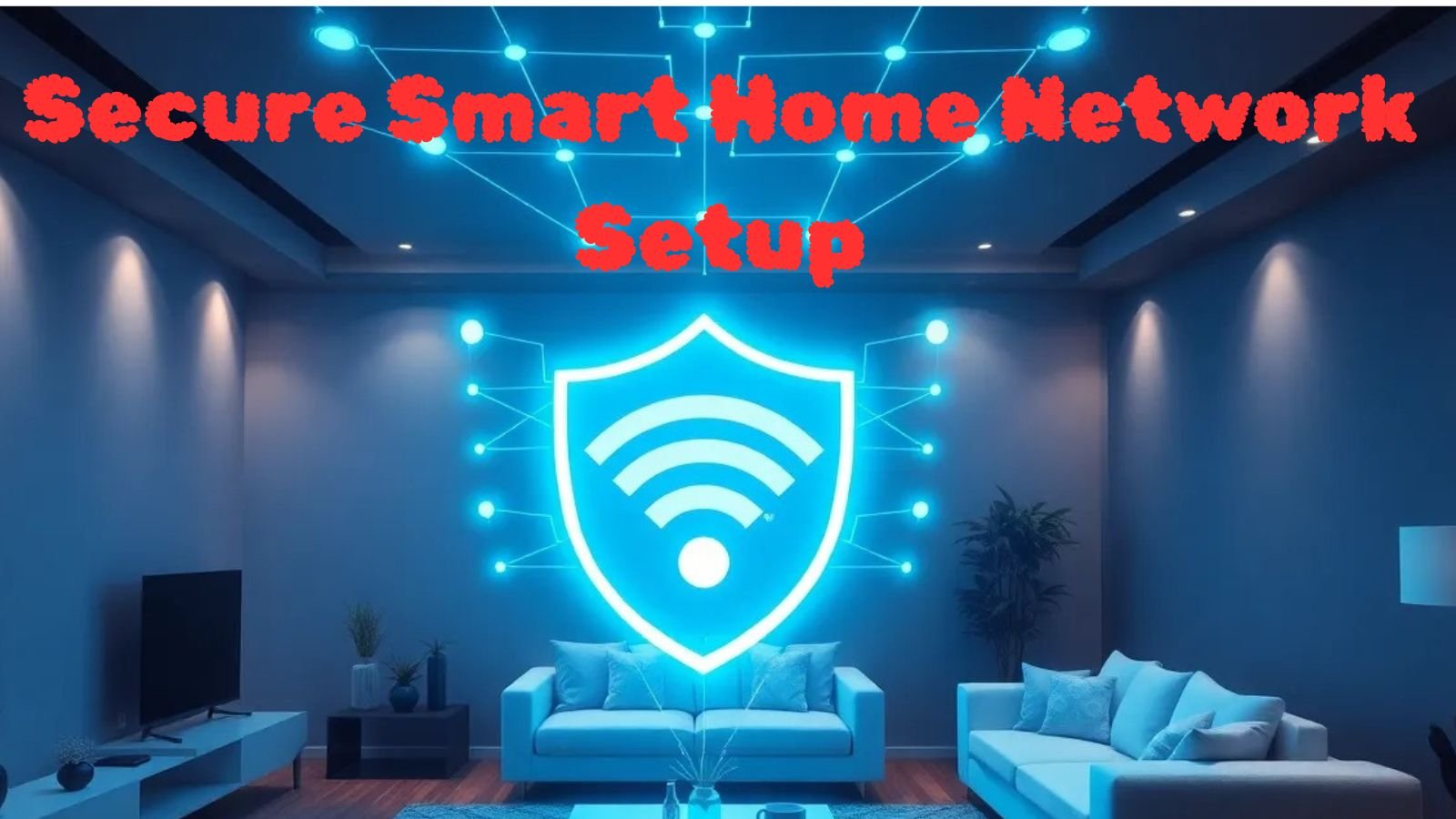How to Set Up a Secure Smart Home Network
Protect your devices, data, and privacy with this step-by-step guide to smart home network security
Why Smart Home Security Matters
The rise of smart homes has introduced convenience, automation, and control. But it also comes with risk—every connected device becomes a potential entry point for hackers. Whether it’s your smart camera, thermostat, or door lock, securing your network is critical.
In this detailed guide, you’ll learn how to create a secure smart home network setup from the ground up, ensuring your smart home is both intelligent and safe.
First time building your smart home? Read our Smart Home Setup Guide first.
Step 1: Choose a Strong, Secure Router
Your router is the gatekeeper of your smart home. Choose one that supports:
- WPA3 encryption
- Automatic firmware updates
- Firewall and malware protection
- VLAN or guest network support
Recommended routers: ASUS RT-AX88U, Google Nest WiFi Pro, and TP-Link Archer AXE75.
Step 2: Change Default Login Credentials
After installing your router, log into the admin panel and:
- Change the default admin username and password
- Rename the SSID to something generic (avoid personal names)
- Disable remote access (unless needed)
Most router attacks succeed because users never update default logins.
Step 3: Use a Separate Wi-Fi Network for Smart Devices
Keep your IoT devices isolated from your personal devices (phones, laptops). You can do this by
- Creating a Guest Network specifically for smart devices
- Or using VLANs (Virtual LANs) for advanced segmentation
This limits damage if one device is compromised.
For more on VLAN configuration, visit our upcoming guide on Smart Home Network Design.
Step 4: Enable WPA3 and Use Strong Wi-Fi Passwords
WPA3 encryption is the most secure wireless protocol available today. If your router and devices support it, enable it.
Also:
- Use long, complex passwords (12+ characters)
- Avoid reusing passwords across different networks
- Use a password manager to keep track
Step 5: Keep Firmware Updated
Your smart home is only as secure as the software it runs on. This includes:
- Router firmware
- Device firmware (smart cameras, locks, thermostats)
- Smartphone apps that control these devices
Most routers and devices now offer automatic updates—enable them whenever possible.
Step 6: Secure Your Smart Home Hub
Smart hubs like Apple HomePod, Amazon Echo, or Google Nest Hub can act as control centers.
- Update them regularly
- Disable features you don’t use (e.g., microphone, remote access)
- Monitor logs (if available)
Learn how to secure multi-platform devices in our article: Integrate HomeKit with Alexa & Google.
Step 7: Use a Firewall or Advanced Network Protection
Firewalls add a critical layer of security. Your router may have a built-in firewall—make sure it’s turned on.
For added protection:
- Use services like Pi-hole to block malicious domains
- Install antivirus on your main control devices (PCs/tablets)
- Use DNS filtering services like Cloudflare Gateway or OpenDNS
Step 8: Disable Unused Features and UPnP
Universal Plug and Play (UPnP) makes life easier—but also introduces vulnerabilities.
- Disable UPnP on your router
- Turn off ports/services you don’t need (Telnet, FTP, SSH)
- Restrict external access to smart devices unless essential
Step 9: Monitor Network Traffic
Use network monitoring tools to detect suspicious activity:
- Router logs and dashboards
- Free tools like Fing, GlassWire, or Home Assistant integrations
- Check bandwidth usage for spikes
Awareness is your best defense.
Step 10: Enable 2FA (Two-Factor Authentication)
Whenever available, enable 2FA on:
- Router admin panels
- Smart home accounts (e.g., Amazon, Google, Apple ID)
- Cloud-connected device apps
This adds an extra layer of protection if your password is compromised.
Bonus Tips for Maximum Security
- Avoid using public Wi-Fi to access your smart home dashboard
- Rename devices with non-identifiable names
- Use local automation when possible (offline control)
- Review privacy settings on all devices
- Delete unused device integrations or apps
Recommended Secure Smart Devices
- Apple HomePod Mini—Secure smart hub with privacy-first approach
- TP-Link Kasa Smart Plug—Local-only control available
- Eufy Security Cameras—No cloud requirement, encrypted storage
For more privacy-focused devices, check our post on Top Smart Devices with Strong Privacy Controls.
Final Thoughts
A secure smart home network doesn’t require expensive equipment—just smart decisions. From isolating devices to enabling firewalls and firmware updates, these practices will protect your data, devices, and peace of mind.
Stay informed and explore more at Smart Home by Shalkot.

